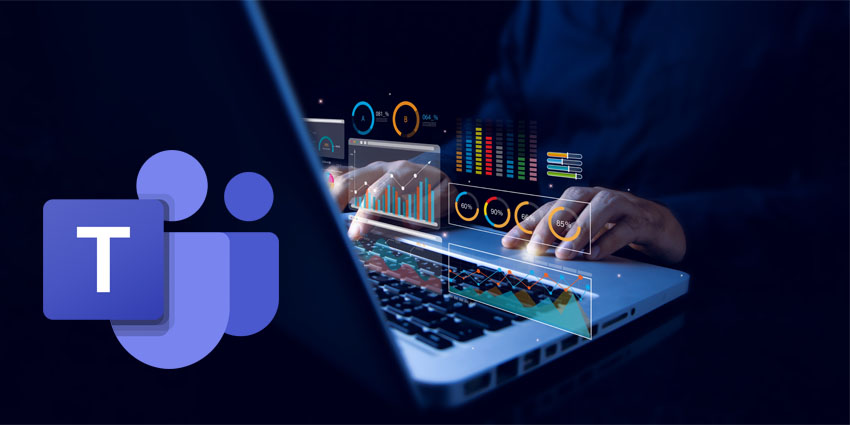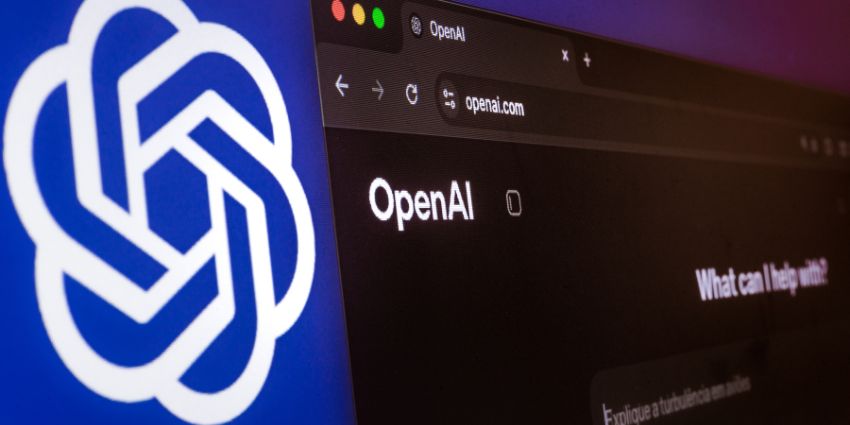Asana intends to elevate human/AI coordination in the workplace with the launch of its new Smart Workflow Gallery solution.
Positioned as a catalyst for enterprise-wide AI integration, the Smart Workflow Gallery offers a growing library of AI-powered, prebuilt workflows designed to embed the technology into everyday processes, without adding complexity. Drawing on proven best practices from hundreds of leading global organisations, Asana stresses that these workflows serve as strategic blueprints for how business leaders and teams in IT, Marketing, and Operations can harness AI alongside human expertise.
“AI has tremendous potential to skyrocket employee productivity, but most enterprises are struggling to move beyond isolated, task-level implementations,” said Dustin Moskovitz, CEO and Co-Founder of Asana.
Companies are asking employees to figure out AI adoption on their own, without a clear blueprint for success. By bringing AI into predictable workflows with defined capabilities and appropriate oversight, we’re enabling effective coordination between humans and AI at scale, which will transform small teams into powerhouses with the capabilities of much larger organizations.”
Research from Asana’s Work Innovation Lab earlier this year suggests a major disconnect between AI’s potential and its practical use in the workplace. While AI is a top priority for many organisations, over two-thirds fail to move beyond isolated experiments or limited use cases. Meanwhile, over half of knowledge workers’ time is still consumed by low-value, repetitive tasks that drain productivity.
Smart Workflow Gallery clearly intends to bridge this gulf.
Beginning in May and continuing through July 2025, the Smart Workflow Gallery will launch in successive phases. It will offer a curated selection of prebuilt workflows designed to accelerate team productivity across departments. The initial release will focus on high-impact use cases in IT, Marketing, and Operations.
For IT leaders, the gallery will include ready-to-use workflows for onboarding new employees, managing support tickets, and facilitating agile project planning. Marketing teams will gain access to workflows for managing editorial calendars, coordinating campaigns, and handling creative asset requests. Operational leaders can leverage templates tailored for strategic planning, centralised work intake, and goal tracking.
As adoption grows, the library will expand further to meet evolving customer priorities and cross-functional demands.
More Information on Smart Workflow Gallery’s Features and Use Cases
The Smart Workflow Gallery complements Asana’s AI Studio, a no-code platform that enables teams to build and deploy custom AI workflows across departments. Asana emphasises that with the addition of prebuilt, best-practice workflows, organisations can now choose to either create AI workflows from the ground up or immediately implement preconfigured solutions, accelerating time to value.
For example, a creative team can launch a gallery workflow in minutes that leverages AI to triage incoming requests, assess briefs for completeness, identify blockers or overlapping initiatives, and intelligently prioritise tasks. This aims to allow teams to shift focus from admin busywork to strategic execution, while retaining complete oversight and the ability to tweak workflow parameters at any time.
Asana adds that, unlike generic AI agents, Asana’s Smart Workflows are powered by its proprietary Work Graph data model, which maps the complete lifecycle of work across the organisation. This structure intends to give AI the precision it needs to act responsibly and effectively, with built-in guardrails on data access, decision logic, and automation scope.
Additionally, Asana’s deep integration ecosystem enables these AI workflows to interact seamlessly with external systems, enhancing coordination across the tech stack.
Asana outlines a compelling case study involving Viessmann Group, a €4 billion global leader in heating and renewable energy solutions with a workforce of 13,000 across 74 countries. The company is leveraging Asana to orchestrate large-scale international projects and accelerate its digital transformation efforts.
Asana asserts that Viessmann has streamlined cross-functional coordination and boosted operational efficiency by integrating Asana’s AI-powered features into its workflows. “Asana’s new AI solutions transform teams by seamlessly integrating AI into daily work,” said Alexander Pöllmann, Director IT & Digital at Viessmann. “This embedded approach enhances productivity, streamlines coordination, and helps us prioritise effectively, significantly accelerating our impact across the organisation.”
Asana’s Ambition to Transform Work Management With AI
Smart Workflow Gallery is another step in Asana’s broader ambition to transform work management and collaboration through AI powers.
In March, UC Today spoke to Rodrigo Davies, AI Product Leader at Asana, about the business’s plans to evolve AI from a helpful copilot or assistant into an orchestrator of real and meaningful work.
“AI has traditionally been very much about what prompt you could write or press a button and wait for AI to do something,” Davies said. “I think what we hear over and over from customers is that they want AI to actually show up and help without being asked necessarily and to obviously do so very thoughtfully.”
“So that’s something we’ve been experimenting with,” Davies added. “When there’s been a certain amount of activity on your project or portfolio automatically, writing a drafting a status update for you and saying, ‘Hey, there’s been some activity, consider writing an update, here’s a start for you.’ Those kinds of proactive features have been very popular with customers so far.”







